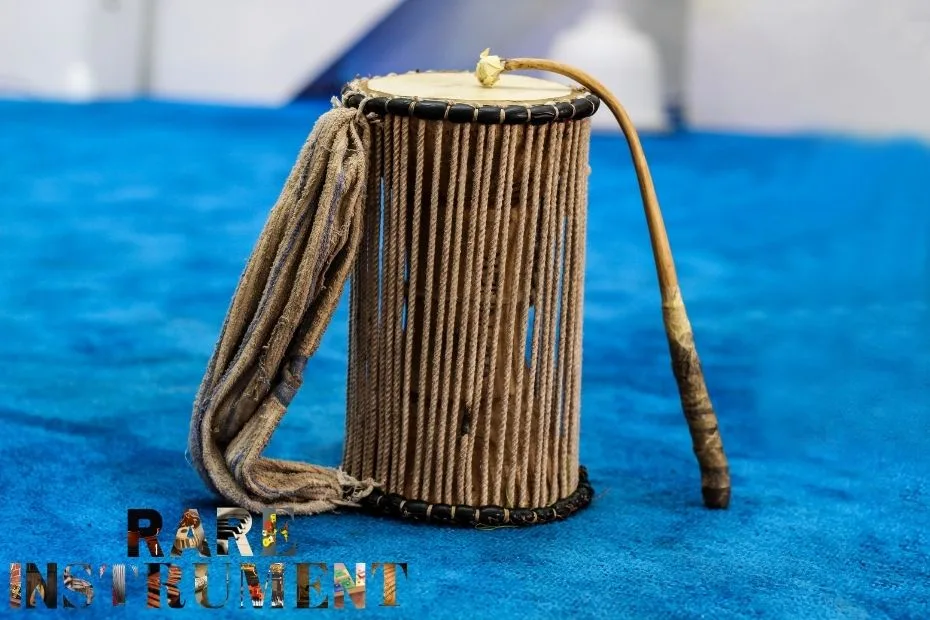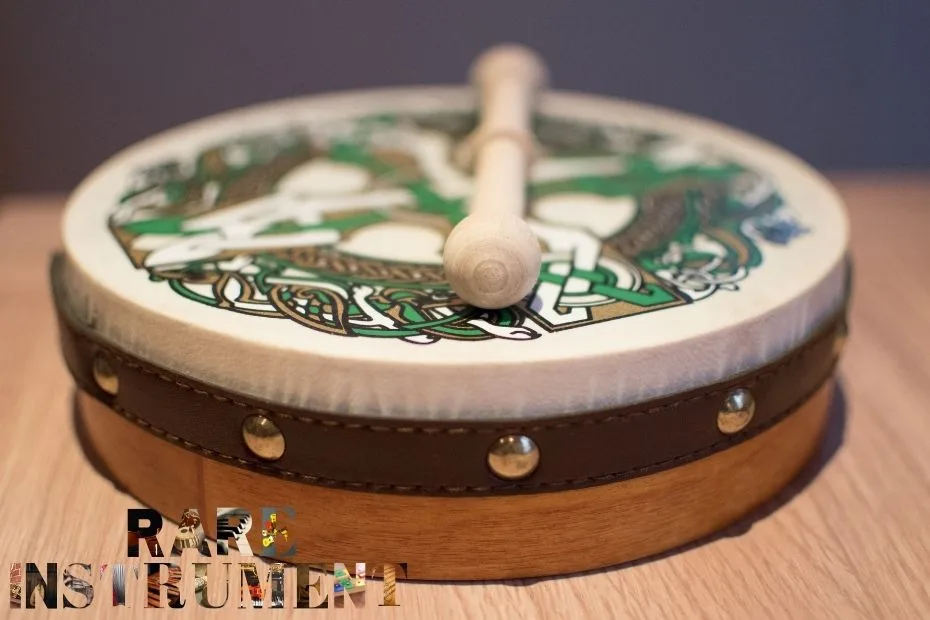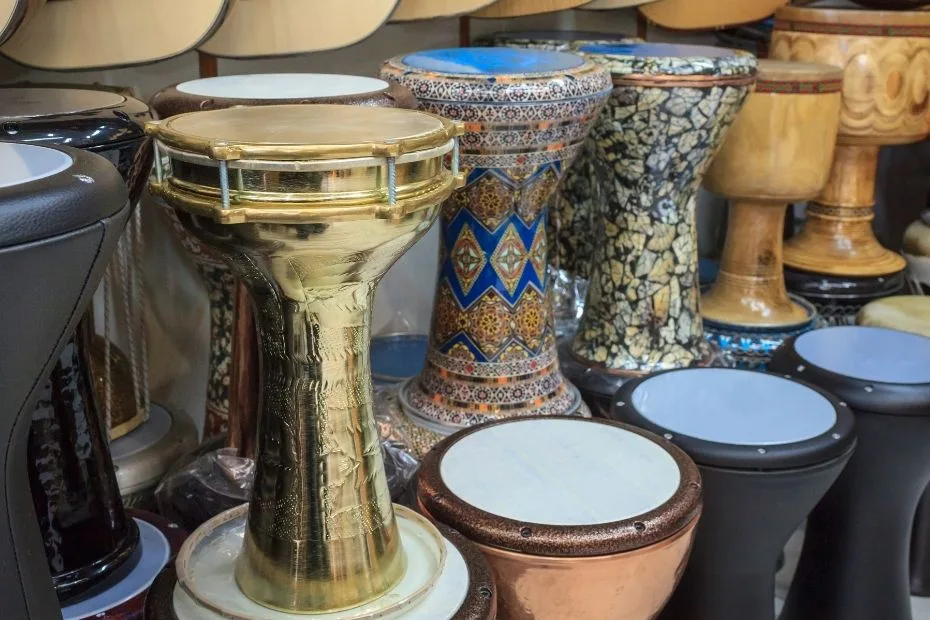Talking Drum Explained: How the Dundun Speaks Through Rhythm and Tone
The talking drum, also known as Dundun, is a unique West African percussion instrument famed for its ability to mimic the human voice. Revered in traditional ceremonies and modern music alike, understanding the history, playing techniques, and care of the Dundun is essential for any percussionist eager to explore authentic African rhythms.
1. Origins and Cultural Significance
The Dundun has been an integral part of West African culture for centuries. Primarily found in Nigeria, Ghana, and Senegal, it was used to communicate messages across villages, accompany dances, and provide rhythm for storytelling. The drum’s shape allows players to change pitch by squeezing the cords, giving it a “talking” voice that can imitate speech patterns and emotional expressions.
2. Types of Talking Drums
| Feature | Details |
|---|---|
| Material | Wooden body (typically mahogany or hardwood) with goat skin heads and leather tension cords |
| Size | 10–14 inches in height; diameter 5–7 inches |
| Tone Characteristics | Capable of producing high-pitched ‘tek’ sounds and deep ‘dum’ tones; pitch varies with cord tension |
| Pitch Control | Squeezing the leather cords while striking the drumhead changes the pitch, allowing for speech-like intonations |
| Typical Use | Ceremonial events, storytelling, traditional music ensembles, dance accompaniment |
| Maintenance Tips | Inspect drumhead regularly, lightly oil skin, adjust cord tension gradually, store away from extreme heat or humidity |
| Recommended Genre | Afrobeat, West African folk, fusion, contemporary world music |
| Accessories | Carrying case, extra cords, curved beater sticks, practice pads |
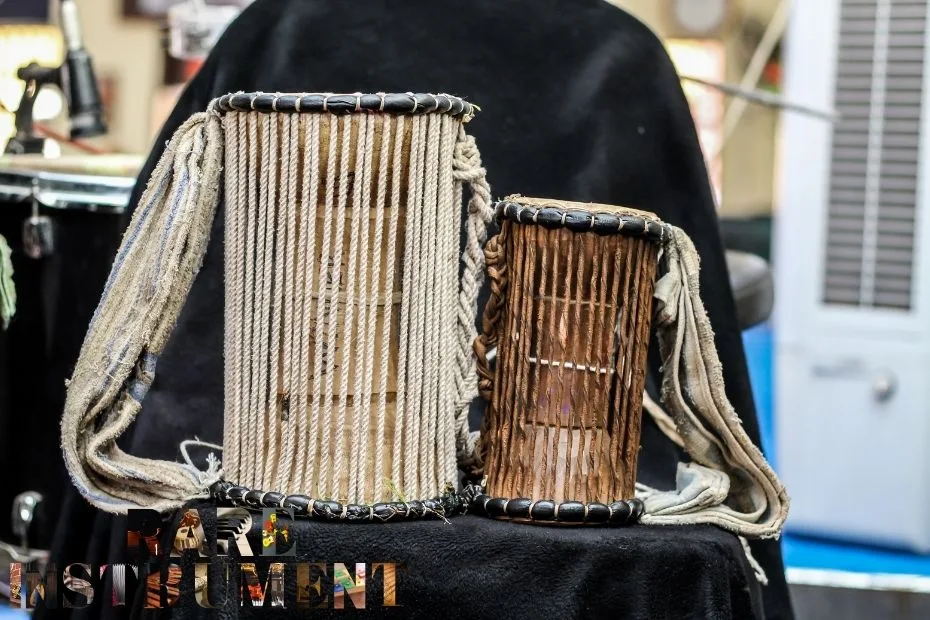
Phonetics & Basic Strokes
Core sounds that form the “alphabet” of the drum’s language
| Stroke Symbol | Arm Pressure | Strike Location | Sound Produced | Tonal Quality & Purpose |
|---|---|---|---|---|
| G (Gun) | None (Open) | Center of drumhead | Goon (low pitch) | The base, open, and resonant tone. Represents a low or mid tone in speech. |
| D (Do) | Squeezed (Closed) | Center of drumhead | Doon (high pitch) | A sharp, high-pitched tone. Represents a high tone in speech. |
| K (Ka) | Open or Closed | Rim of the drumhead | Ka (percussive) | A slap or non-tonal sound. Used for rhythm and punctuation. |
Common Rhythmic Phrases & Their Meanings
Recognizable phrases for communication and ceremony
| Rhythmic Pattern (Notation) | Approximate Sound | Context & Meaning |
|---|---|---|
| G – G – G – G | “O — o — O — o” | A call: “Everyone, gather here!” / “Attention!” |
| D – D – D – D | “Re — re — Re — re” | A response: “We are here!” / “We hear you!” |
| G G D D | G G D – | “Ba-bi le-le, Ba-bi len” | A greeting: “You are welcome!” / “We are happy you came.” |
| D D G G | D D G – | “Mo-du-pe, Mo-du-pe” | An expression of gratitude: “Thank you, thank you.” |
| G K D K | G K D K | “Kon-ko-lo, Kon-ko-lo” | A dance cue: “Move your feet!” / “Dance!” |
3. Holding and Playing the Dundun
Players typically hold the drum under one arm, squeezing the leather cords to change the pitch, while striking the drumhead with a curved stick called a beater. Mastering hand pressure and stick control is crucial to achieving expressive “talking” tones.
4. Essential Techniques
- Tone Modulation: Adjust tension while striking to create high and low pitches.
- Rolls: Quick, continuous strokes for rhythmic texture.
- Call and Response Patterns: Mimic traditional conversation rhythms in group performances.
- Accent Placement: Emphasize beats for dynamic flow.
5. Tuning and Maintenance
Traditional Dunduns are tuned by tightening or loosening the leather cords. Consistent maintenance ensures longevity:
- Inspect skin regularly: Check for cracks or dryness.
- Moisturize the drumhead: Lightly apply natural oil to prevent cracking.
- Avoid extreme temperatures: Keep away from direct sunlight and high humidity.
- Cord tension: Adjust gradually; never force leather cords too tight.
6. Accessories
- Carrying Case: Protects drum during transport.
- Extra Leather Cords: For tuning or replacement.
- Beater Sticks: Curved sticks of various sizes for tonal diversity.
- Practice Pads: Helps develop technique without disturbing others.
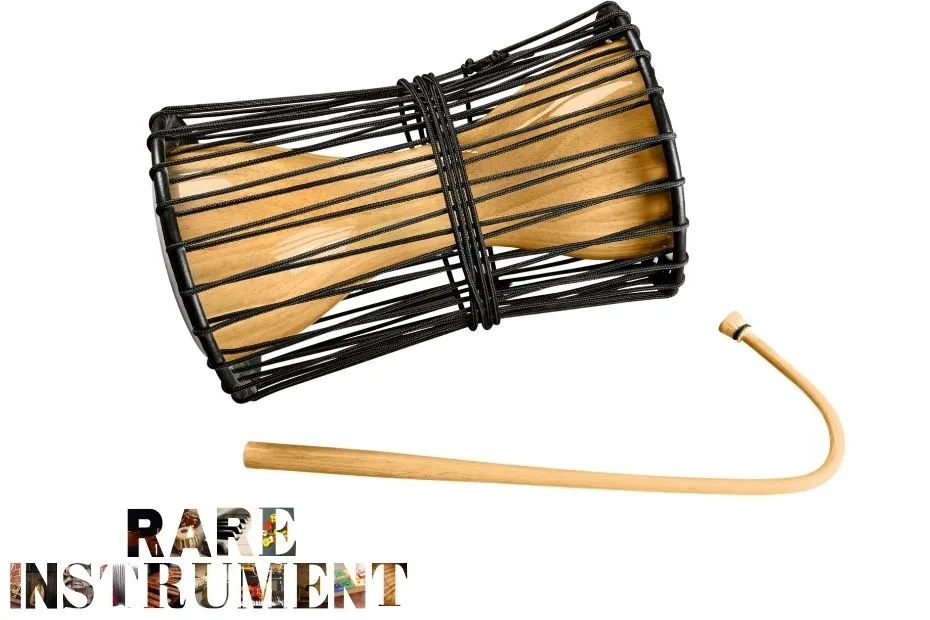
7. Common Mistakes to Avoid
- Over-tightening cords, causing cracking or warping.
- Using harsh chemical cleaners on drumhead.
- Ignoring minor skin damage or loose cords.
- Incorrect stick angle, leading to uneven tones.
- Storing in damp or excessively hot conditions.
8. Advanced Playing Tips
- Practice mimicking speech intonation to enhance “talking” effect.
- Combine Dundun with other percussion instruments for rich polyrhythms.
- Experiment with different beaters for tonal variation.
- Use call-and-response techniques to engage listeners during live performances.
9. When to Seek Professional Help
If you notice significant cracks, warped skins, or broken cords, consult an experienced drum craftsman. Timely repair ensures optimal sound and preserves the instrument for generations.
10. Conclusion
The talking drum (Dundun) offers a fascinating combination of musicality and communication. Mastering it requires understanding its cultural background, proper playing techniques, careful maintenance, and smart use of accessories. With dedication, you can bring its expressive tones to life in both traditional and contemporary music settings.

